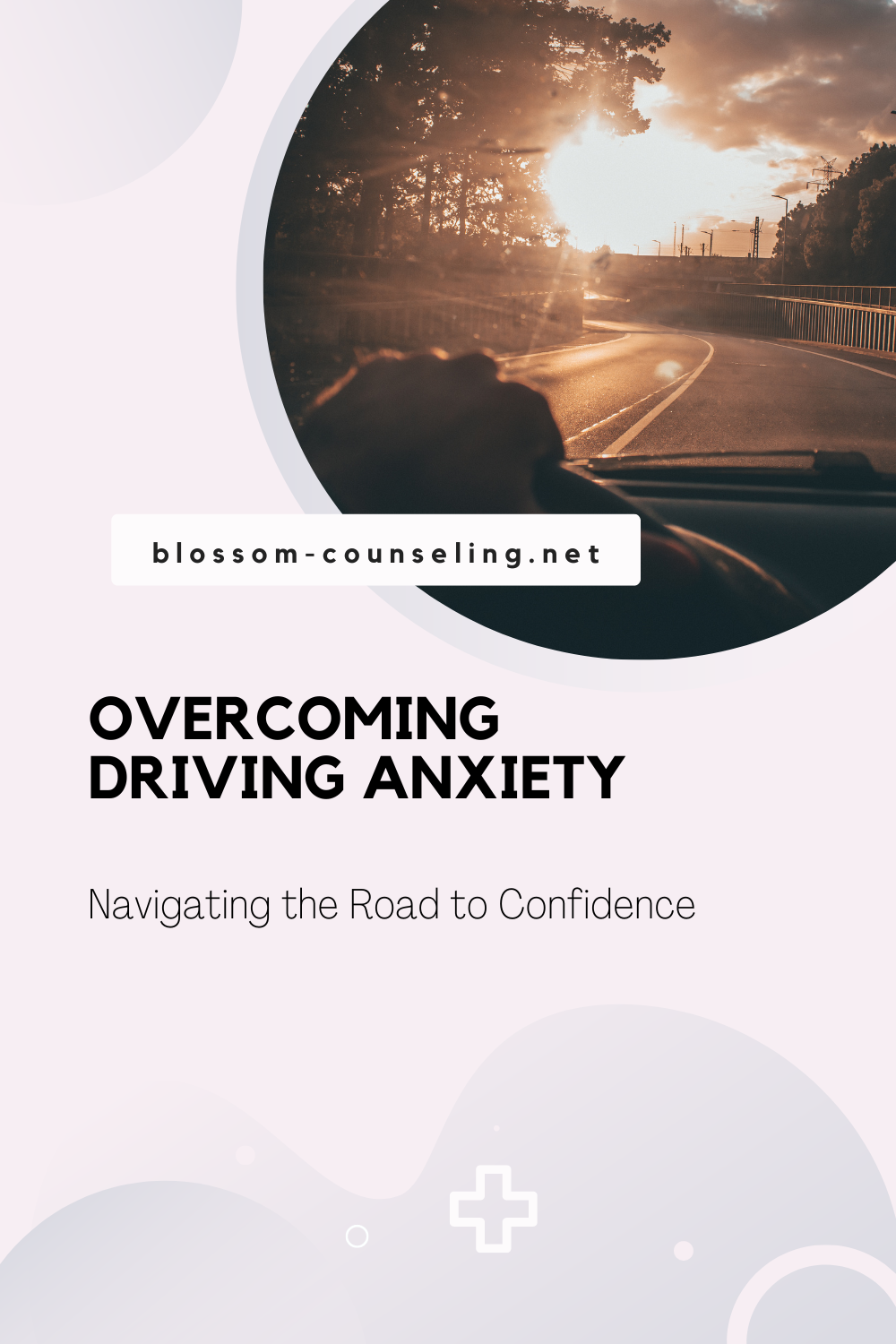
Driving can be a liberating experience, offering the freedom to roam the open roads at will. Yet, for many, the thought of getting behind the wheel can trigger a wave of anxiety, turning what should be an empowering activity into a daunting ordeal. Understanding and addressing driving anxiety is crucial not only for personal comfort but also for ensuring safety on the road.
What is Driving Anxiety?
Driving anxiety involves an intense, persistent fear of driving that can occur before or during driving. It can stem from various sources—past accidents, fear of getting lost, or even generalized anxiety about performing in situations where one feels judged or scrutinized by other drivers. For some, even the sound of traffic can evoke unease, making the mere act of sitting in a driver’s seat uncomfortable.
Identifying the Triggers
The first step towards managing this anxiety is identifying specific triggers. These can range from high-speed highways, bustling city traffic, or even certain times of the day when traffic is known to be chaotic. Recognizing these triggers allows individuals to address their fears in a controlled and gradual manner.
Techniques to Manage Anxiety
Gradual Exposure: Start small—perhaps by driving around a quiet neighborhood before gradually moving to busier streets as confidence builds. This method helps desensitize anxiety triggers over time.
Mindfulness and Breathing Exercises: Practicing mindfulness can help anchor one’s thoughts in the present and prevent them from spiraling into worry about what might go wrong. Simple breathing exercises can also be effective in managing anxiety spikes when they occur.
Create a Comforting Environment: Adjusting the driving environment to make it more comforting can also be beneficial. This might involve playing calming music, ensuring the vehicle is at a comfortable temperature, or even having a supportive companion accompany you on drives.
Educational Courses: Sometimes, a lack of confidence in one’s driving skills can contribute to anxiety. Taking defensive driving courses or refresher driving lessons can boost confidence and reduce the fear associated with driving.
Understanding the Psychological Component
Anxiety is often rooted in the way we process thoughts and experiences. Cognitive-behavioral therapy (CBT) is particularly effective for treating anxiety because it helps individuals change their thought patterns and reactions to anxiety-provoking situations. For instance, replacing thoughts like “I’m going to crash” with “I’m prepared to respond safely to driving challenges” can make a substantial difference.
Consulting a Professional
For those whose driving anxiety severely impacts their daily functioning, consulting with a mental health professional can provide tailored strategies to cope with and eventually overcome the fear. Therapists can offer support through anxiety management techniques that are specifically designed to tackle phobias related to driving.
Navigating Through Anxiety
Remember, overcoming driving anxiety is a journey, not a race. Each small step taken to confront and manage this anxiety is a move towards regaining confidence and control over your mobility. Understanding that this is a common issue many face can also normalize the experience and encourage seeking help or talking about it. Through patience, practice, and perhaps professional help, the road ahead can become less daunting and more enjoyable.
|
|




